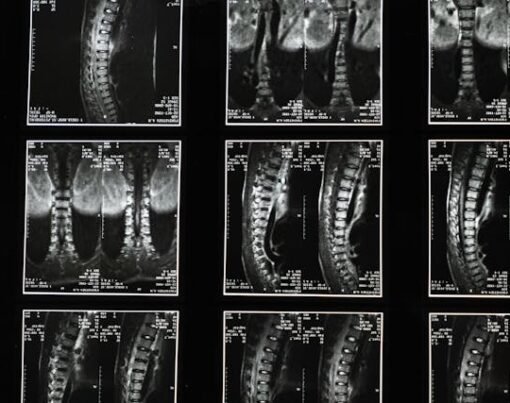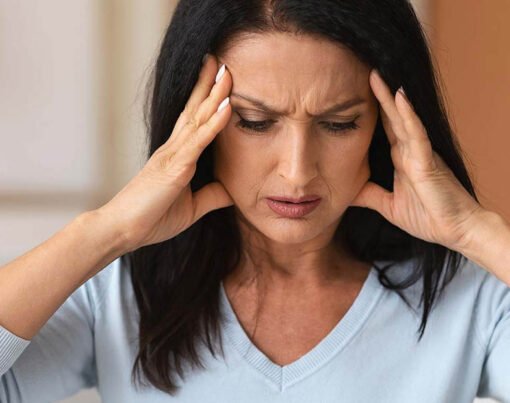Spinal stenosis is a condition that affects the spine and can have a significant impact on a person’s daily life. It is the narrowing of the spinal canal, which can put pressure on the nerves and cause pain, numbness, and weakness.
The condition can develop gradually over time and may not show symptoms until later stages. In this article, we will discuss the causes, symptoms, and surgical treatment for spinal stenosis in order to manage the condition effectively.
Table of Contents
What is Spinal Stenosis?
Spinal stenosis is a condition characterized by the narrowing of the spinal canal, which is the space that houses the spinal cord and nerves. This narrowing can occur in different areas of the spine, including the neck (cervical stenosis) or lower back (lumbar stenosis). When the spinal canal narrows, it can put pressure on the nerves, leading to pain, numbness, and weakness.
The most common cause of spinal stenosis is age-related changes in the spine. As we age, the discs between the vertebrae can degenerate and become less flexible, causing them to bulge or herniation. This can lead to the narrowing of the spinal canal.
Other causes of spinal stenosis include arthritis and other degenerative conditions, trauma or injury to the spine, genetics, and family history, and other risk factors such as obesity and smoking.
The Causes and Risk Factors of Spinal Stenosis
Age-related changes in the spine are the primary cause of spinal stenosis. As we get older, the discs between our vertebrae lose water content and become less flexible. This can lead to bulging or herniation of the discs, which can narrow the spinal canal. Additionally, bone spurs may develop on the vertebrae, further narrowing the space for the nerves.
Arthritis and other degenerative conditions can also contribute to the development of spinal stenosis. Conditions such as osteoarthritis and rheumatoid arthritis can cause inflammation and damage to the joints in the spine, leading to the narrowing of the spinal canal.
Trauma or injury to the spine can also result in spinal stenosis. Accidents or falls that cause fractures or dislocations of the vertebrae can lead to the compression of the spinal cord or nerves.
Genetics and family history can play a role in the development of spinal stenosis. Some people may be genetically predisposed to developing conditions that can lead to the narrowing of the spinal canal.
Additional risk factors for spinal stenosis can include obesity, which puts extra pressure on the spine, and smoking, which can contribute to the degeneration of the discs in the spine.

The Different Types of Spinal Stenosis
There are different types of spinal stenosis depending on the location of the narrowing in the spine.
- Cervical stenosis occurs in the neck area and can cause symptoms such as neck pain, weakness or numbness in the arms or hands, and difficulty with coordination.
- Lumbar stenosis occurs in the lower back and can cause symptoms such as lower back pain, weakness or numbness in the legs or feet, and difficulty walking or standing for long periods of time.
- Central stenosis refers to the narrowing of the central canal in the spine, which can put pressure on the spinal cord. This can cause symptoms such as pain, numbness, or weakness in the arms or legs, difficulty with balance or coordination, and problems with bladder or bowel control.
- Foraminal stenosis occurs when the openings through which the nerves exit the spinal canal become narrowed. This can cause symptoms such as pain, numbness, or weakness in specific areas of the body that are supplied by those nerves.
How Spinal Stenosis Develops Over Time
Spinal stenosis often develops gradually over time, which is why it is sometimes referred to as the “silent thief.” The narrowing of the spinal canal can occur slowly, and symptoms may not appear until the later stages of the condition.
As the spinal canal narrows, it puts pressure on the nerves, which can cause pain, numbness, and weakness. Initially, these symptoms may be mild and intermittent, but as the condition progresses, they can become more severe and persistent.
The Symptoms of Spinal Stenosis: What to Look Out For
The symptoms of spinal stenosis can vary depending on the location and severity of the narrowing in the spine. Common symptoms include pain or numbness in the back, legs, or arms, weakness or difficulty walking, and loss of bladder or bowel control.
- Pain or numbness in the back, legs, or arms is a common symptom of spinal stenosis. This pain may be localized or radiated down the arms or legs. It may be described as a dull ache, a sharp or shooting pain, or a burning sensation. Numbness or tingling may also be present in the affected areas.
- Weakness or difficulty walking is another common symptom of spinal stenosis. This can be due to the compression of the nerves in the spine, which can affect the muscles and make it difficult to walk or perform daily activities.
- Loss of bladder or bowel control is a more severe symptom that may indicate a more advanced stage of spinal stenosis. This can occur when the nerves that control these functions are compressed.
- Other symptoms of spinal stenosis may include difficulty with balance or coordination, problems with fine motor skills, and changes in sexual function.
Surgical Treatment Options for Spinal Stenosis
Surgical treatment options may be considered for more severe cases of spinal stenosis that do not respond to non-surgical approaches. Surgery aims to decompress the nerves and create more space in the spinal canal.
Decompression surgery involves removing the structures that are compressing the nerves, such as bone spurs or herniated discs. This can help alleviate symptoms and improve function.
Fusion surgery may be recommended in some cases to stabilize the spine. This involves fusing two or more vertebrae together using bone grafts or metal hardware. Fusion surgery can help relieve pain and prevent further damage to the spine. As well as spinal stenosis, surgery may also be the recommended treatment for spondylolisthesis and other back-related conditions and diseases.
Thank you for reading. We hope this article has helped to provide a few insights into spinal stenosis and the signs to look out for before treatment is required.











